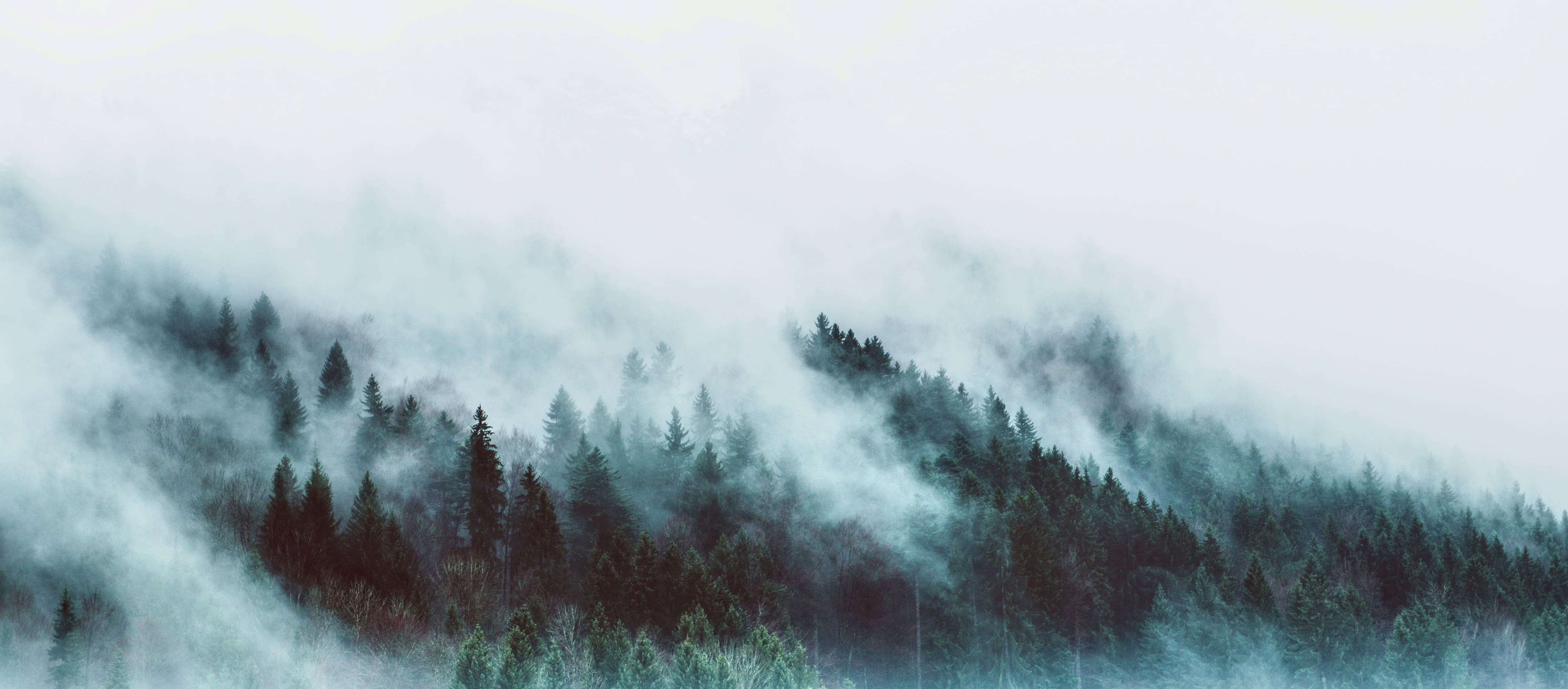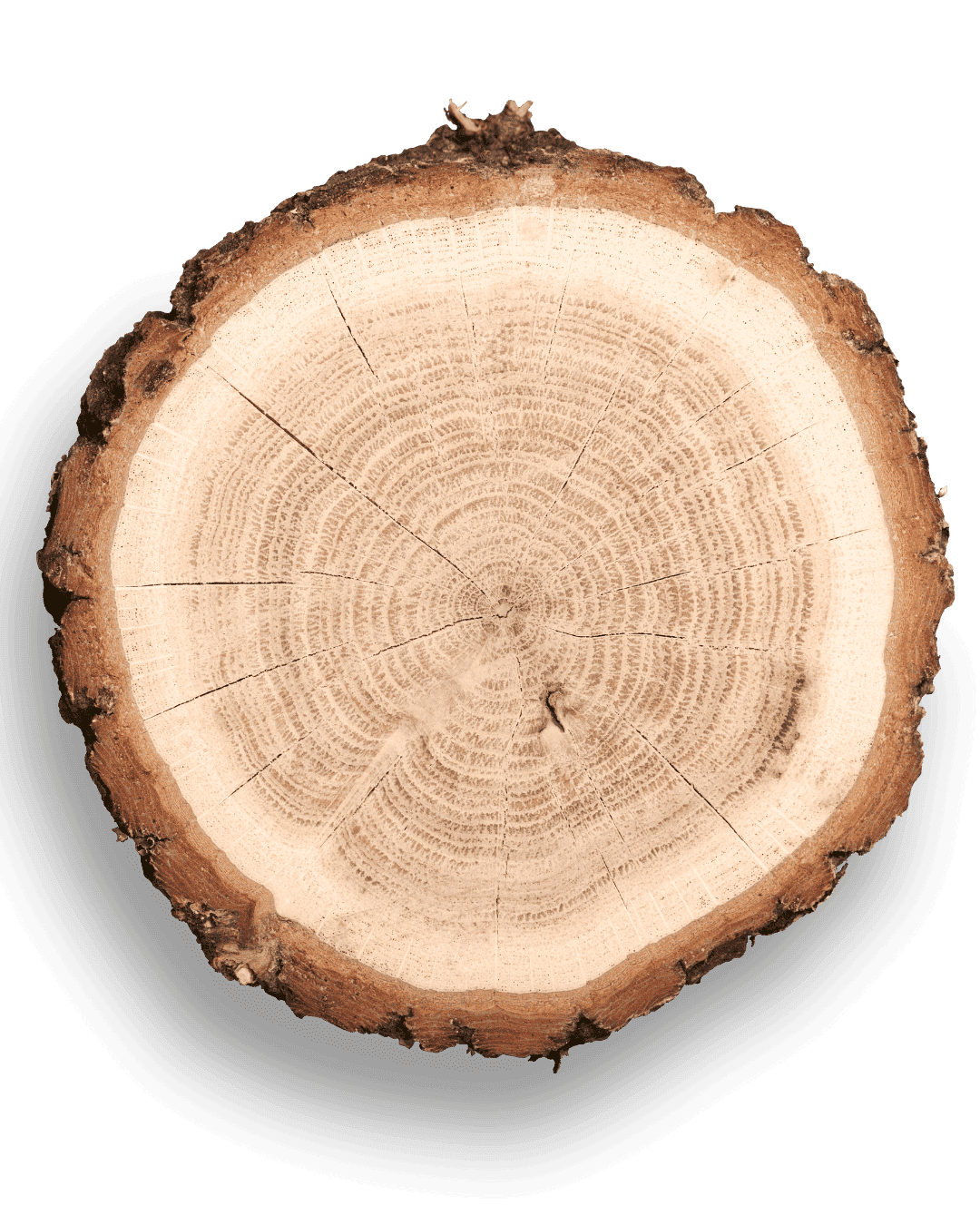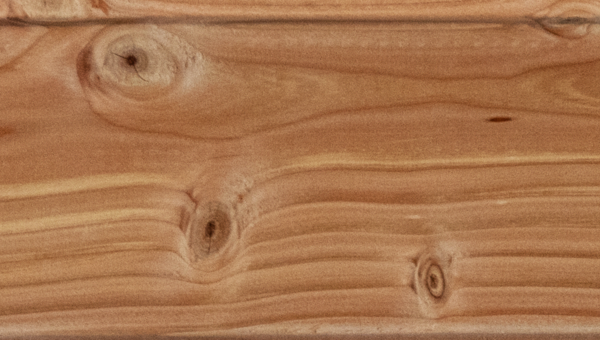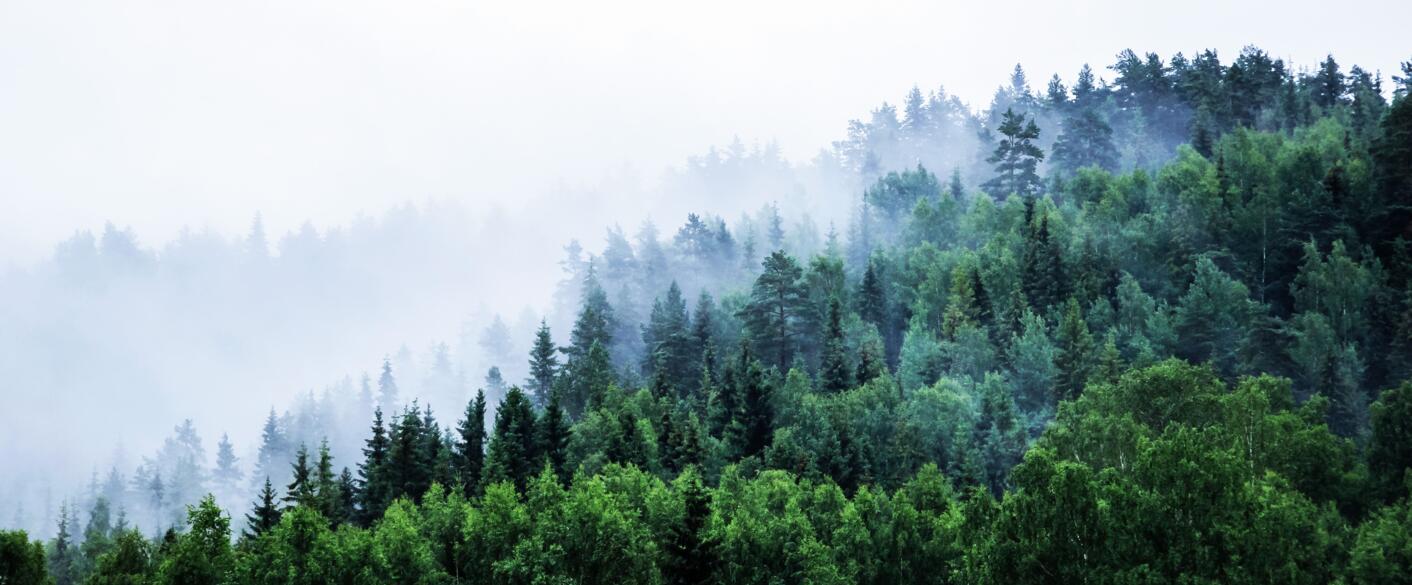Among the most popular species for exterior cladding, Douglas fir stands out for its excellent combination of durability, aesthetics, and environmental friendliness. Long used in construction and landscaping, this naturally robust wood appeals to both homeowners and professionals alike for elegantly cladding facades. Thanks to its natural resistance to weathering and its authentic charm, it is the obvious choice for those looking for wood cladding that is high-performance, eco-friendly, and decorative.
Technical characteristics of Douglas fir
| Origin | France |
| Certification | PEFC & Bois de France |
| Available finishes | Saturator finishes & raw planed without finish |
| Class of use | Class 3.1 with Sivalbp preservation certified CTB B+ |
| Density | 525 kg/m³ at 12% humidity |
| Quality offered by Sivalbp | A/B choice |


Why choose Douglas fir for your wood cladding ?

Douglas fir: A durable and attractive wood for cladding
Douglas fir, whose botanical name is Pseudotsuga, is a distinctive wood species, ideal for cladding thanks to its durability and unique aesthetic appeal. Recognizable by its pronounced grain, pinkish hue and healthy, adherent knots, it adds character to facades. Naturally resistant to weathering and external aggression, it requires no chemical treatment to ensure longevity. Particularly suited to saturator-type finishes, it preserves and enhances its appearance over time. From sustainably managed forests, Douglas fir is an ecological, high-performance solution for aesthetic, long-lasting wood cladding.
Douglas fir: an authentic, rustic style
Douglas fir is the ideal species for creating a rustic, authentic atmosphere, while offering great durability. With its pinkish hues and pronounced grain, this natural wood brings a warm, characterful touch to cladding projects. Its resistance to weathering and external aggression makes it a durable choice, while being easy to maintain thanks to our saturator finishes. Douglas fir blends perfectly into both modern and traditional constructions, offering a timeless, ecological and sustainable style.
Douglas fir: a French wood species
Douglas fir is a wood species that comes exclusively from French forests. Its local cultivation guarantees a reduced carbon footprint, while supporting the economy of forest regions. By choosing Douglas fir, you're choosing a renewable, sustainable and environmentally-friendly resource, directly sourced from our French forests, for responsible, quality construction projects.
Our douglas fir wood cladding











FAQ : Everything you need to know about our wood species
Is Douglas fir cladding suitable for all climates?
Douglas fir is highly resistant to weathering and suitable for most European climates.
Can Douglas cladding be painted or stained?
Yes, it can be painted, stained, or treated with a wood saturator, but it is recommended to use products designed for exterior wood to preserve its durability and appearance.
What is the lifespan of Douglas wood?
Douglas wood is renowned for its natural durability. A French species, untreated with chemicals, can last up to 50 years in good conditions. The actual lifespan depends on several factors: exposure to the elements, quality of installation, maintenance, and choice of wood.
Tip: Even highly durable Douglas fir wood will benefit from regular maintenance to preserve its appearance and strength over the long term.

Our Douglas fir wood cladding projects

Douglas fir cladding / Linéa / Malt 112 - Credits: Project: Le Sekoia - Residential complex - Developer: Immoxalis - Architect: MC+Architecture - Installer: Charmo'Ossature

Douglas fir cladding / Soléa / Malt 112 - Credits: Project: Esprit Dock - Residential complex - Architect: GDV Architectes Associés - Installer: Ets Pougnand

Douglas fir wood cladding / Trapézo / Gris 102 - Credits: Le Clos des Olviers - Architect: BAU Architectes - Installer: Charpente Tradition - Photographer: René Limbourg

Douglas wood cladding / Parallélo 30 / Gris 102 - Credits: Detached house & Architecture agency - Architect: Carbonnet Architecte








